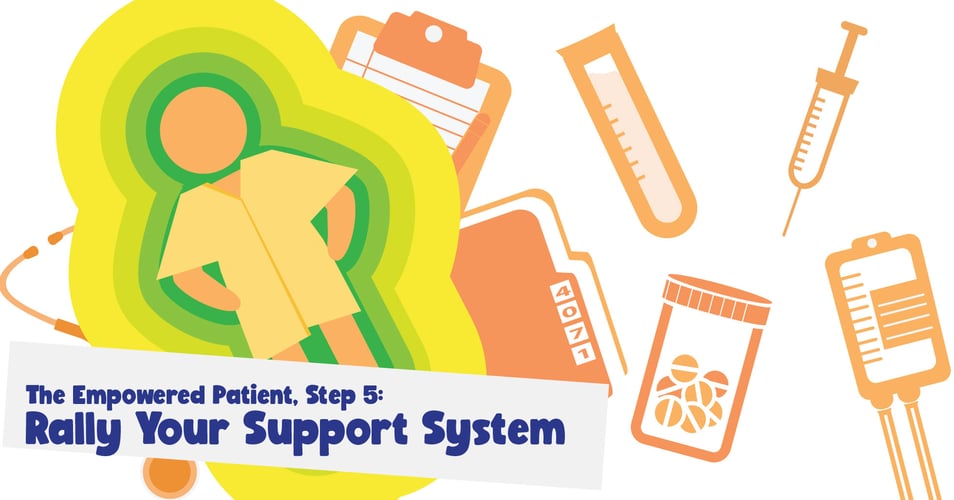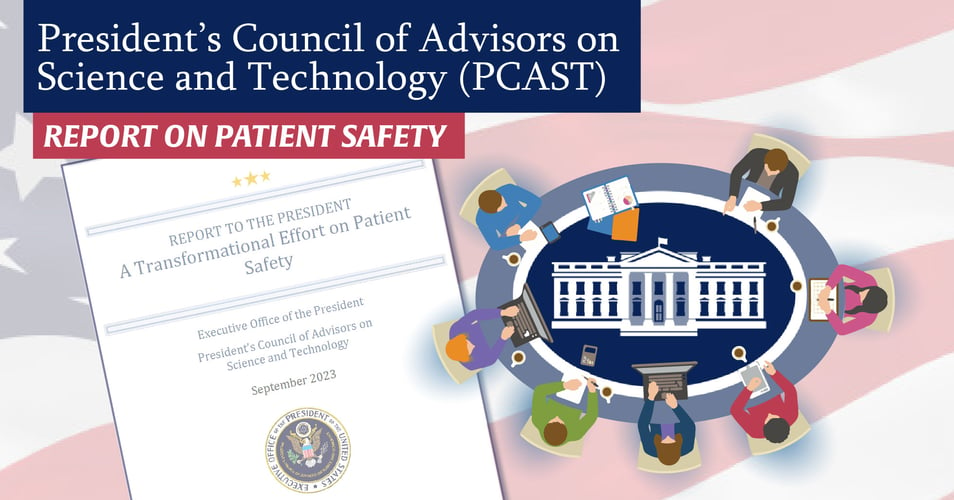Fun During a Pandemic: Which Summer Activities are Safe?

Since the beginning of the COVID-19 pandemic, experts have warned about the relative risk of activities to both the individual and the community. At first, when we were all focusing on flattening the curve in order to prevent overwhelming health facilities, the goal was to reduce community transmission while keeping individuals safe. Now, as states gradually reopen their places of work and recreation, the goals shift more towards helping individuals make the best choices from themselves and their families. While many commercial and recreational sites are now open, how can you make the best choices for your own family to stay safe this summer?
Experts agree that overall, we should avoid large groups, especially indoors. But what about pools? Camping? Weddings? Backyard BBQs? Let's look at how some popular summer activities rank, from safest to most risky.
![]()
Low Risk: Outdoor/Small Group
The best way to reduce transmission of SARS-CoV-2 this summer is to socialize outside with small groups. This includes things like outdoor BBQs, scenic walks, campfires, porch visits, backyard pools/sprinklers, and bike rides. The best situation is gatherings with people you know have also been social distancing. You don't have to wear a mask during these activities, just don't share utensils or drinks and everyone should wash their hands or use hand sanitizer. Visits to a beach or pool where crowd size is controlled is also considered low-risk, but extra care needs to be taken in shared spaces like bathrooms. Great options in this category are camping, renting a house with one other family, or day trips to a park. Outdoor exercise is also considered low-risk, if social distances are maintained.
Risky: Outdoor/Large Groups
Things get more risky outdoors when you add more people and less crowd control. Activities like going to a beach or a pool become more risky if they are crowded, making social distancing difficult. While the water itself does not pose a problem (the virus would be heavily diluted), any shared surfaces could be contaminated, and tables and towels placed closely together elevate the risk of person-to-person transmission. Large outdoor events such as concerts, large parties, and even weddings also make for a riskier experience. When it's difficult to keep people apart, the chances for transmission go up. And when you introduce the possibility of travel - such as to a family wedding or an amusement park- this increases the risk as well.
Risky: Indoor/Small Groups
How about eating out at a restaurant? It's inside, yes, but if the restaurant has social distancing measures in place (fewer tables, distance between tables, servers wear masks, single-use condiments, for example), the risk is lower than a packed restaurant. You can have friends over to your home with relatively low risk, especially if you respect social distancing. The risk is lower if both you and your friends have been staying home during self-isolation and wearing masks in public spaces. Gyms and indoor recreation facilities are similar to restaurants: Use them if they have social distancing measures in place, including enhanced disinfection procedures. The same goes for public bathrooms: Avoid them if they are crowded or seem dirty, don't touch your face while inside, and wash your hands after leaving.
Very Risky: Indoor/Large Groups
The riskiest environments for rapid spread of SARS-CoV-2 are packed, hot, indoor locations. This would include bars, dance clubs, concerts, and restaurants with no social distancing measures in place. Even if the indoor event is calmer (place of worship, formal concert, movie theater), if there is no social distancing in place, large groups in confined spaces make for easy transmission of the virus. When you add sweat, shouting, and very close contact, the risk soars. Even shopping indoors can be risky if the location is packed, so try to avoid peak hours, go in and get out efficiently, and use hand sanitizer after touching items throughout your visit.
Special Note: Children
The preceding advice has adults in mind. With children, who often have a hard time maintaining social distance and generally have suboptimal hygiene practices, parents and guardians have to be more careful, even to the point of avoiding otherwise safer locations. A visit to a beach or a park can become more risky if children are socializing with dozens of other children on a packed playground, playing rough-and-tumble games at the beach, or not being careful about sharing drinking cups. Each family has to evaluate for themselves, especially to protect vulnerable members.
We hope this brief overview has helped put summer activities in context of relative risk and have helped you make better choices about how to spend your valuable time off. While we are working hard to make sure that healthcare facilities have access to innovative solutions to surface contamination, we truly appreciate everyone who is helping keep those same facilities from becoming overwhelmed by following social distancing!
![EOScu Logo - Dark - Outlined [07182023]-01](https://blog.eoscu.com/hubfs/Eoscu_June2024/Images/EOScu%20Logo%20-%20Dark%20-%20Outlined%20%5B07182023%5D-01.svg)




